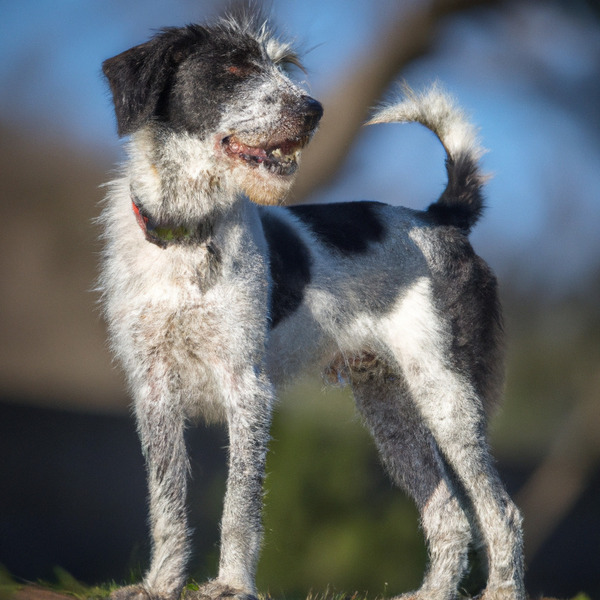Japanese Terrier vs. Pughasa: Breed Differences and Similarities
Hypoallergenic
Are Japanese Terriers or Pughasas hypoallergenic, or neither?
Unfortunately, neither Japanese Terrier nor Pughasa are hypoallergenic, which may not make them the best choice for dog lovers who suffer from pet allergies.
Temperament
What are the personalities of Japanese Terrier and Pughasa dogs?
Active
Cheerful
Swift
Affectionate
Lively
Vigilant
Playful
Alert
Courageous
Intelligent
Friendly
Affectionate
Obedient
Loyal
Devoted
Lively
Gentle
Going
Steady
Spirited
Assertive
Cheerful
Shedding Level
Do Japanese Terriers shed more than Pughasas, or which breed sheds more, Japanese Terriers or Pughasas?
Japanese Terriers are moderate shedders, but regular brushing can reduce shedding and maintain coat health.
Pughasas are heavy shedders, but regular brushing can help manage shedding and promote a healthy coat.
Watchdog Ability
Which dog breed makes a better watchdog, the Japanese Terrier or Pughasa?
Japanese Terrier and Pughasa are very good watchdogs. They are a vocal breed and are wary of outsiders, so if someone approaches your home or aims to intrude, these breeds are going to make sure everyone knows about it.
Origin
What is the origin of Japanese Terrier and Pughasa dog breeds?
Japan
United States
Ancestry
What are the origins of Japanese Terrier and Pughasa breeds?
Smooth Fox Terrier, German Pinscher, Kobe Terrier
Lhasa Apso, Pug
Breed recognition
Which kennel clubs recognize/register Japanese Terrier and Pughasa?
ACA = American Canine Association Inc.
DRA = Dog Registry of America, Inc.
ACHC = American Canine Hybrid Club
DBR = Designer Breed Registry
DDKC = Designer Dogs Kennel Club
DRA = Dog Registry of America, Inc.
IDCR = International Designer Canine Registry®
Date of Birth
When were Japanese Terrier and Pughasa breeds first developed?
1600s
Unknown
Eye Color Possibilites
What are the eye colors of Japanese Terrier and Pughasa dogs?
Brown
Brown
Coat Color Possibilites
What are the natural colors of the coat for Japanese Terrier and Pughasa breeds?
White
Black
Pied
Black
Fawn
White
Coat Length
What is the typical coat length for Japanese Terrier and Pughasa breeds?
Japanese Terriers have coats that can be either short or medium in length.
Pughasas have medium-length coats.
Coat Density
What is the density of the coat of Japanese Terrier and Pughasa?
Coat Texture
What is the hair texture of Japanese Terrier and Pughasa?
Straight
Wiry
Litter Size
What is the usual litter size for Japanese Terrier and Pughasa?
A Japanese Terrier can have a litter of 12-15 puppies on average. However, it's worth noting that the size of the litters can vary greatly. Factors that can influence litter size include the health of the mother, breeding history, and genetics.
A Pughasa can have a litter of 4-6 puppies on average. However, it's worth noting that the size of the litters can vary greatly. Factors that can influence litter size include the health of the mother, breeding history, and genetics.
Adaptability
Japanese Terriers are known for their adaptability and can adjust well to different environments and lifestyle changes.
Pughasas are highly adaptable and versatile, making them excellent companions for families and individuals of all lifestyles.
Health Issues
Between Japanese Terrier and Pughasa, which breed is more prone to health problems?
The Japanese Terrier and Pughasa breeds are commonly healthy with low vet costs, regular check-ups may not be as necessary but it's important to keep an eye on their health and have them checked by a veterinarian when needed.
Major Concerns
What are the major health concerns for Japanese Terrier and Pughasa breeds?
Usually A Very Healthy Breed
Entropion
Intervertebral Disc Disease
Legg-Calve-Perthes Disease
Necrotizing Meningoencephalitis
Liver Shunts
Urolithiasis
Minor Concerns
What minor health issues should be kept in mind when owning Japanese Terrier and Pughasa?
Ear Infections
Patellar Luxation
Eye Problems
Hydrocephalus
Eye Problems
Brachycephalic Syndrome
Corneal Ulcer
Occasional Tests
What occasional tests are recommended for Japanese Terrier and Pughasa breeds?
X-Rays
Eye Examination
Yearly Eye Exam
Yearly Physical Examination
Eye
Blood
Liver Ultrasound
Skeletal
X-Rays
CT Scan
Physical Examination
Allergy Tests
Respiratory Tests
Energy
How do the energy levels of Japanese Terriers and Pughasas compare?
Japanese Terriers thrive on an active lifestyle due to their high-energy nature.
Pughasas are suitable for those with a balanced lifestyle as they have an average energy level.
Social Needs
Japanese Terrier vs Pughasa social needs comparison
Japanese Terrier and Pughasa have above average social needs compared to other breeds. They thrive in environments where they have a lot of interaction with humans and other dogs.
Exercise Needed
Japanese Terrier vs Pughasa exercise need comparison.
Japanese Terriers need high physical activity and are ideal for active individuals, but not suitable for sedentary lifestyles or small apartments.
Pughasas need moderate physical activity and are great for families and active individuals.
Sleeping Need
Which of the two sleeps the most/least: Japanese Terrier or Pughasa?
Japanese Terriers are active and require sufficient sleep to stay healthy.
Pughasas have moderate energy levels and typical sleep patterns of 12-14 hours per day.
Tendency to Bark
Do Japanese Terriers or Pughasas bark more/less frequently?
Japanese Terrier and Pughasa are vocal breeds, with a tendency to bark and howl frequently. They may not be the best fit for those seeking a quiet companion. Their barks can vary and can indicate different emotions and needs.
Mouthiness
Mouthiness Comparison: Japanese Terrier vs Pughasa?
Roaming urge
Japanese Terrier vs Labrador: Running away tendency?
Prey Drive
Japanese Terrier or Pughasa - which breed has a higher level of prey drive?
Past times
What are some enjoyable activities and ways to keep Japanese Terrier and Pughasa entertained?
Run playin
Play keep away, Walk, Tug-of-war, Dressing up, Run, Playing
Activity Level
Which breed has higher energy, Japanese Terriers or Pughasas?
Japanese Terriers are high-energy dogs. They need mental as well as physical exercise. These dogs require a lot of your involvement and without it they can, and will, become problematic dogs.
Pughasas are medium-energy dogs and typically enjoy socializing and playing casual or even sustained games of chase with other dogs. They may also have occasional periods of barking or racing around the house.
Tolerance of being left alone
Walks per Week
How many miles should Japanese Terrier or Pughasa walk each week?
Japanese Terrier and Pughasa generally need a minimum of 8 miles of walking per week, but it can be increased as long as they are comfortable with it.
Activity per Day
Do Japanese Terriers or Pughasas require more exercise?
In general most Japanese Terriers usually need at least 30 minutes of exercise daily. This can be spread across the day and include all sorts of high-energy activities, like walking, running and playing.
In general most Pughasas usually need at least 25 minutes of exercise daily. This can be spread across the day and include all sorts of high-energy activities, like walking, running and playing.
Grooming
Which breed is easier to maintain in terms of grooming, Japanese Terriers or Pughasas?
The Japanese Terrier is a low-maintenance breed that doesn't require much grooming.
The Pughasa requires an average amount of grooming compared to other breeds.
Brushing Frequency
What is the recommended brushing frequency for Japanese Terrier and Pughasa dogs?
Japanese Terrier should be brushed at least once a week. Of course you can give them more frequent brushes if you find that they are still shedding a lot
Ideally, Pughasa should be brushed at least 2 or 3 times a week (preferably daily) improve shedding.
Brushing Tools
What brushing tools are used for Japanese Terriers and Pughasas?
Slicker Brush
Nail Clipper
Pin Brush
Comb
Scissors
Nail Clipper
Cups
How much food should be given to Japanese Terrier or Pughasa in cups?
Japanese Terrier and Pughasa share the same recommended daily food intake of 1 cups, although the appropriate quantity may vary depending on the quality and nutritional content of their food.
Daily Cost
Which breed has a higher daily cost, Japanese Terrier or Pughasa?
The average cost of a Japanese Terrier is somewhere $1.10 - $1.40 per day.
The average cost of a Pughasa is somewhere $1.00 - $1.40 per day.
Monthly Cost
Which breed has a higher monthly cost, Japanese Terrier or Pughasa?
The average per month expenses of a Japanese Terrier is between $28 - $42. This makes an average of $336 - $504 per year. It will be on the higher side when the dog is still small because it will need more frequent visits to the vet, shots.
The average per month expenses of a Pughasa is between $35 - $42. This makes an average of $420 - $504 per year. It will be on the higher side when the dog is still small because it will need more frequent visits to the vet, shots.
Intelligence
Comparing Intelligence: Japanese Terriers vs Pughasas
Japanese Terrier is a very intelligent and trainable breed.
Pughasas are average in obedience intelligence but have a high IQ and may cause trouble if left unsupervised.
Sensitivity Level
How do Japanese Terrier and Pughasa compare in sensitivity?
This breed is sensitive to its environment and best suited for patient and understanding families with a consistent routine.
This breed is sensitive and requires gentle handling and a calm home environment.
Affection Dependance
Which is the more affectionate dog breed: Japanese Terrier vs Pughasa?
Apartment Friendly
Which breed is more apartment-friendly: Japanese Terrier or Pughasa?
Japanese Terriers can do well in apartments with enough exercise and time outside, but a small yard would be ideal.
Pughasas make excellent apartment dogs, being fairly active indoors and not requiring a yard.
Child Friendly
Do Japanese Terriers or Pughasas have a friendlier temperament towards children?
Japanese Terriers are good with kids if socialized and trained from a young age.
Pughasas make excellent family pets for kids due to their gentle, protective nature and calm temperament.
Senior-friendly
Which dog is more suitable as a pet for the elderly - Japanese Terrier or Pughasa?
Cat Friendly
Do Japanese Terrier or Pughasa breeds have a better compatibility with cats?
Japanese Terriers are average in their friendliness toward cats and tend to do well with them, especially if raised together.
Pughasas are very friendly with cats and make great companions for them.
Dog Friendly
Which breed is more sociable with other dogs: Japanese Terrier or Pughasa?
Japanese Terriers are friendly and active companions, and can be good family pets, though their friendliness towards other dogs may vary.
Pughasas are generally very friendly towards other dogs, with a happy and affectionate temperament.
Pet friendly
How do Japanese Terrier or Pughasa dogs interact with other pets?
Stranger Friendly
Which breed is more friendly with strangers: Japanese Terrier or Pughasa?
Japanese Terrier and Pughasa are friendly dogs and typically won't bark at strangers. However, if you wish to change this behavior, training them is easy thanks to their intelligence, making it pretty simple to teach them anything.
Playfulness
Which breed is more playful between Japanese Terrier and Pughasa?
Japanese Terriers are very playful, so adopting an older one might be a better option for a more relaxed experience.
Pughasas have an average level of playfulness, enjoying playtime like most dogs but not excessively so.
Trainability
How do the trainability levels of Japanese Terriers and Pughasas compare?
Japanese Terriers are popular for their ease of training and quick learning ability.
Pughasas are usually easy to train but require consistency to fully obey commands.
Compare Japanese Terrier with other breeds
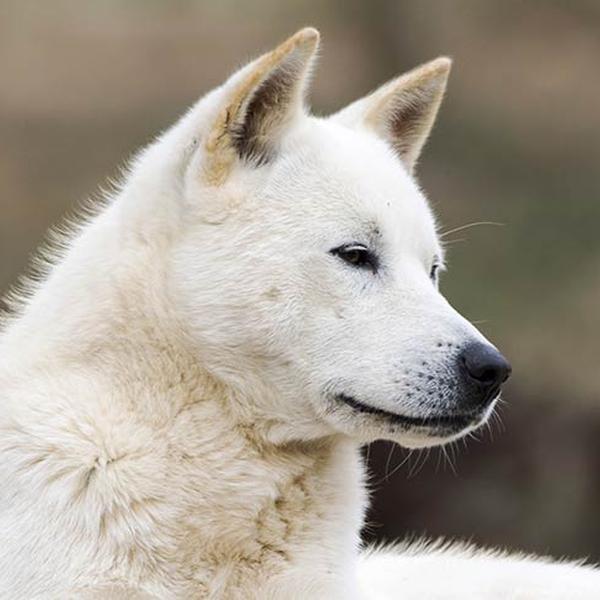
Jindo
Japanese Terrier vs Jindo

Labradoodle
Japanese Terrier vs Labradoodle
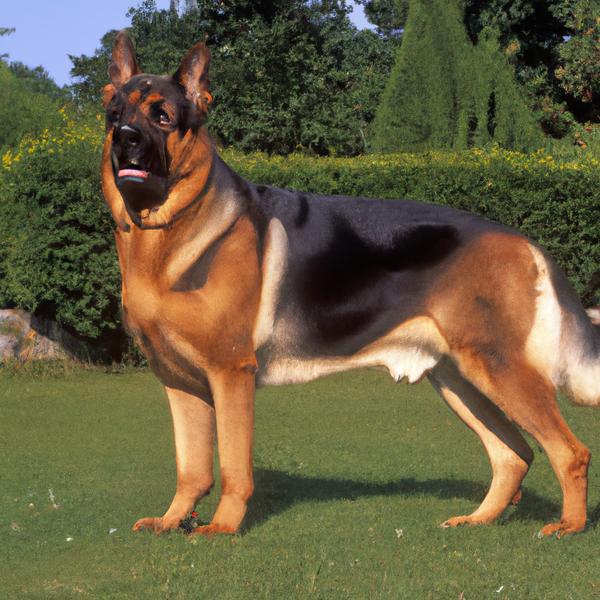
Germanees
Japanese Terrier vs Germanees
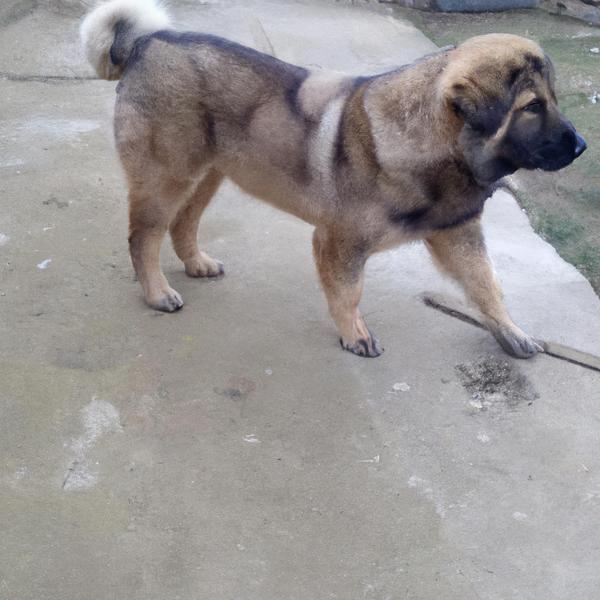
Pughasa
Japanese Terrier vs Pughasa
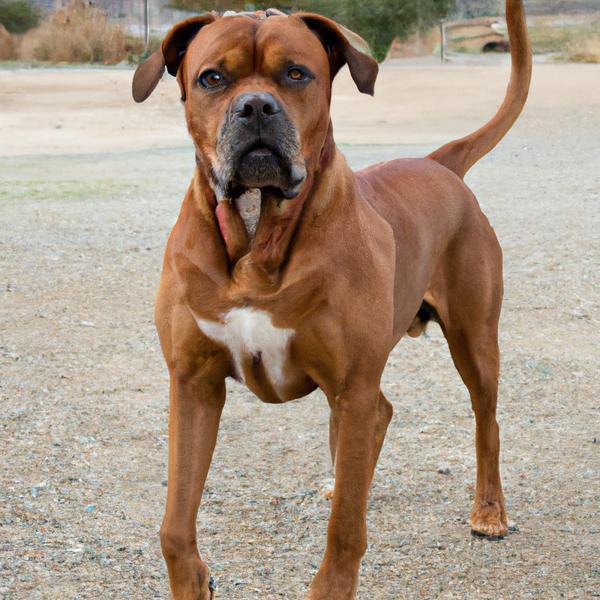
Boxador
Japanese Terrier vs Boxador
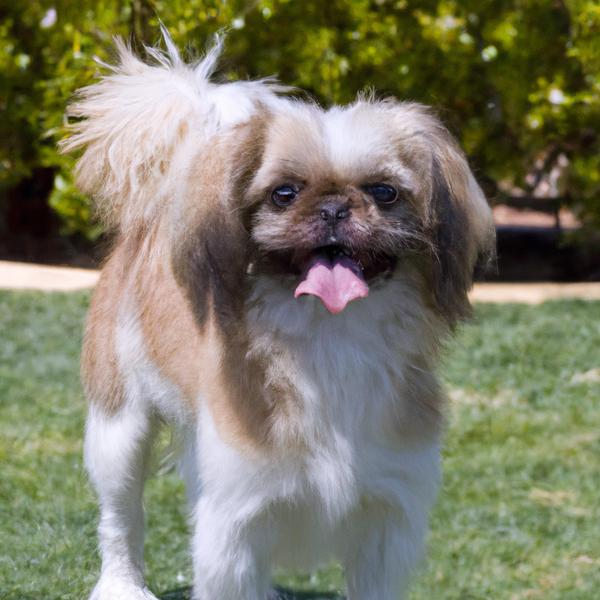
Peke-A-Chon
Japanese Terrier vs Peke-A-Chon
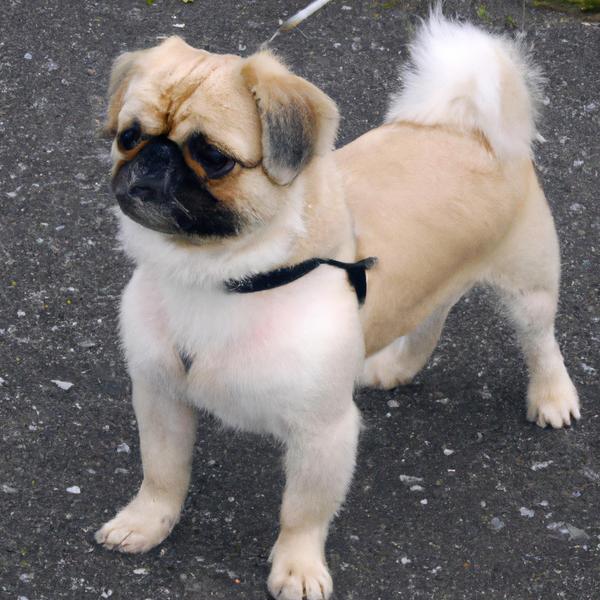
Pug-Coton
Japanese Terrier vs Pug-Coton
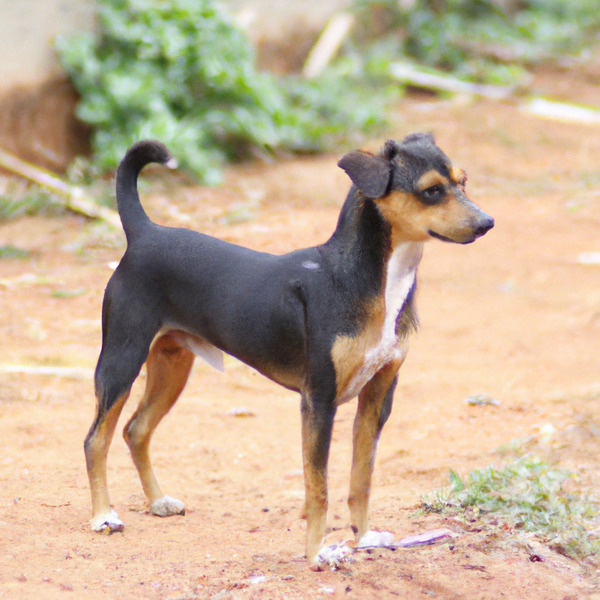
Chippiparai
Japanese Terrier vs Chippiparai
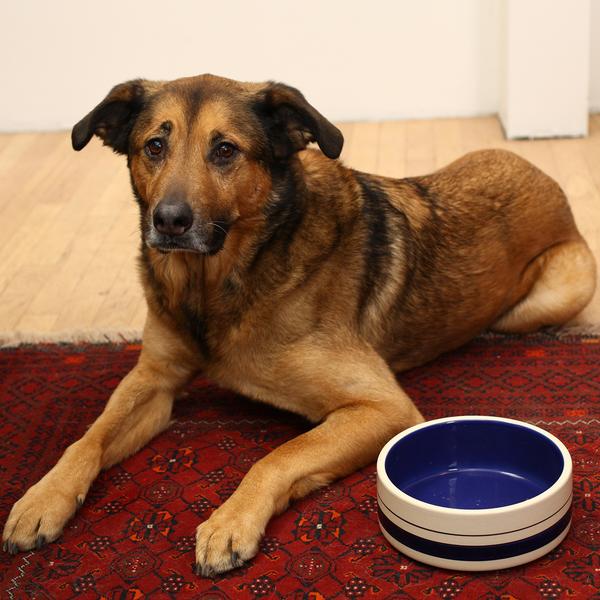
German Sheprador
Japanese Terrier vs German Sheprador

Bichon-A-Ranian
Japanese Terrier vs Bichon-A-Ranian

Yorktese
Japanese Terrier vs Yorktese
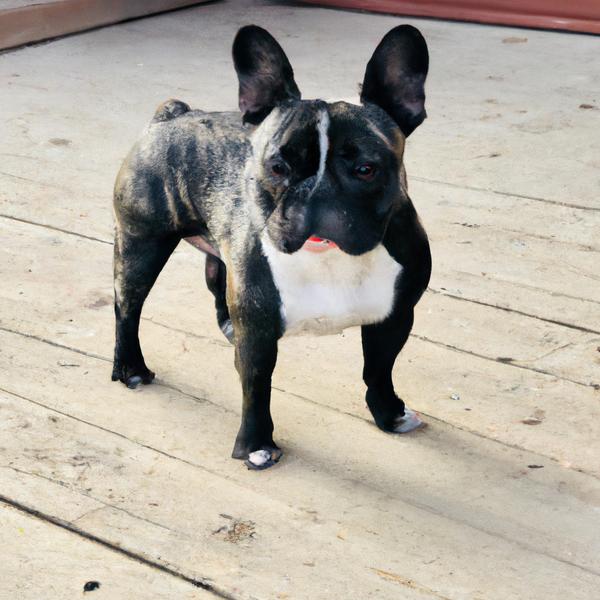
French Bulloxer
Japanese Terrier vs French Bulloxer
